The first officers included former state prisoners taken during the 1798 rebellion who were freed during the short peace effected by the Treaty of Amiens on condition of exile, and who had sailed for France in June 1802. The treaty broke down in May 1803 with the start of the War of the Third Coalition. As a part of Napoleon's planned invasion of the United Kingdom in 1803-05, the Irish Legion was to provide the indigenous core for a much larger invasion force of 20,000 earmarked to take Ireland, known as the Corps d'Irlande.
The Legion was established on August 31, 1803, in Morlaix, France. Bernard MacSheehy was assigned to form the regiment; he was an Adjutant-General in Napoleon's army.
The purpose of the Legion was to align the Irish hearts to the French cause in the imminent invasion of Ireland. General Pierre Augereau had been ordained to lead the invasion, and wanted Irishmen to serve in his army. However, the Battle of Cape Finisterre and the Battle of Trafalgar in 1805 made a safe sea crossing uncertain at best, and Napoleon was forced to abandon his plans for Ireland. He shifted his focus towards Austria and Eastern Europe and launched the Austerlitz campaign in late 1805. The legion remained on the French coast on garrison duty.
The Legion was eventually expanded from a battalion to a regiment and there was greater demand for more soldiers. These made a varied group; some were former United Irishmen who were taken prisoner in 1798-99 and then freed during the peace that followed the Treaty of Amiens (1802–03), some had been pressed into the Royal Navy and escaped, and some were German or Polish. While the Legion was stationed at the Fortress of Mainz in 1806, they were joined by 1,500 Poles. Its headquarters was at 's-Hertogenbosch, known to the French as Bois-le-Duc, in what was then the Kingdom of Holland.
The Irish Legion had its own flag, and in December 1805 received an eagle. The Legion was the only group of foreign soldiers in the French military to whom Napoleon ever gave an eagle. Wearing a green uniform, its maximum size was about 2,000 men.
The regiment was greatly assisted from 1807 by Napoleon's war minister Marshal of France Henri Clarke, who was born in France to Irish parents and whose family had close links to the ancien regime Irish brigade that had served the kings of France. He and his father had served in Dillon's Regiment, and his mother's father and several uncles served in Clare's Regiment. In August 1811 the Legion was renamed the 3e Regiment Etranger (Irlandais) (3rd Foreign Regiment (Irish)), but throughout the unit's history it was always referred to as the Irish Regiment.
The regiment divided in loyalty during the "Hundred Days", and was officially disbanded by King Louis XVIII on 28 September 1815. Its flags were burned and its eagle, like many, disappeared. |  |









 Capt. - Capitaine
Capt. - Capitaine Adj. - Adjutant
Adj. - Adjutant CplFo. - Caporal-Fourrier
CplFo. - Caporal-Fourrier Lt. - Lieutenant
Lt. - Lieutenant SgtMaj. - Sergent-Major
SgtMaj. - Sergent-Major Cpl. - Caporal
Cpl. - Caporal SLt. - Sous-lieutenant
SLt. - Sous-lieutenant Sgt. - Sergent
Sgt. - Sergent Gren. - Grenadier
Gren. - Grenadier ESO. - Élève sous-officier
ESO. - Élève sous-officier FusP. - Fusilier de Prèmier
FusP. - Fusilier de Prèmier FusV. - Fusilier Vétéran
FusV. - Fusilier Vétéran Fus. - Fusilier
Fus. - Fusilier Rec. - Recrue
Rec. - Recrue

 Capitaine Lady Moraine
Capitaine Lady Moraine

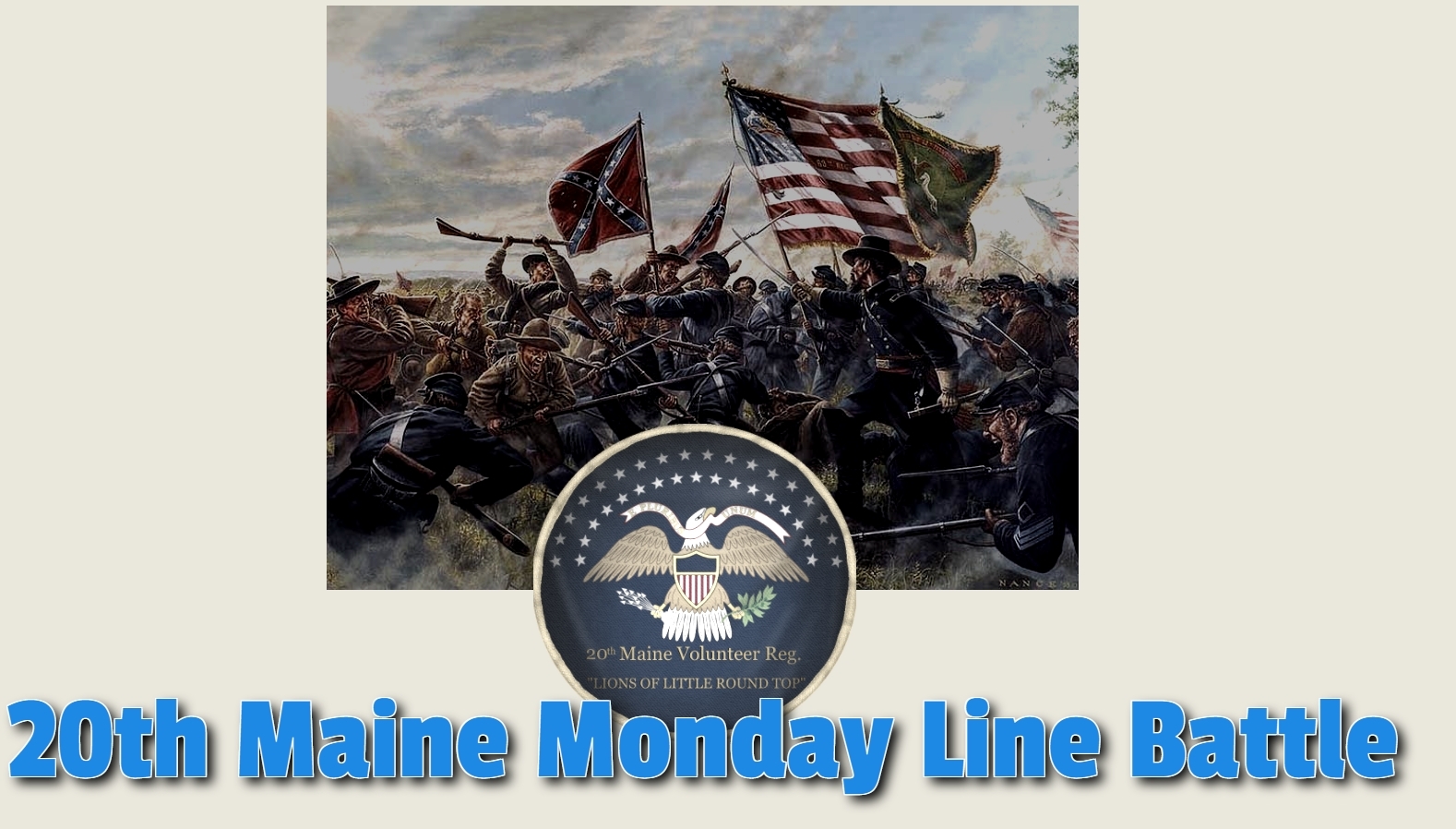
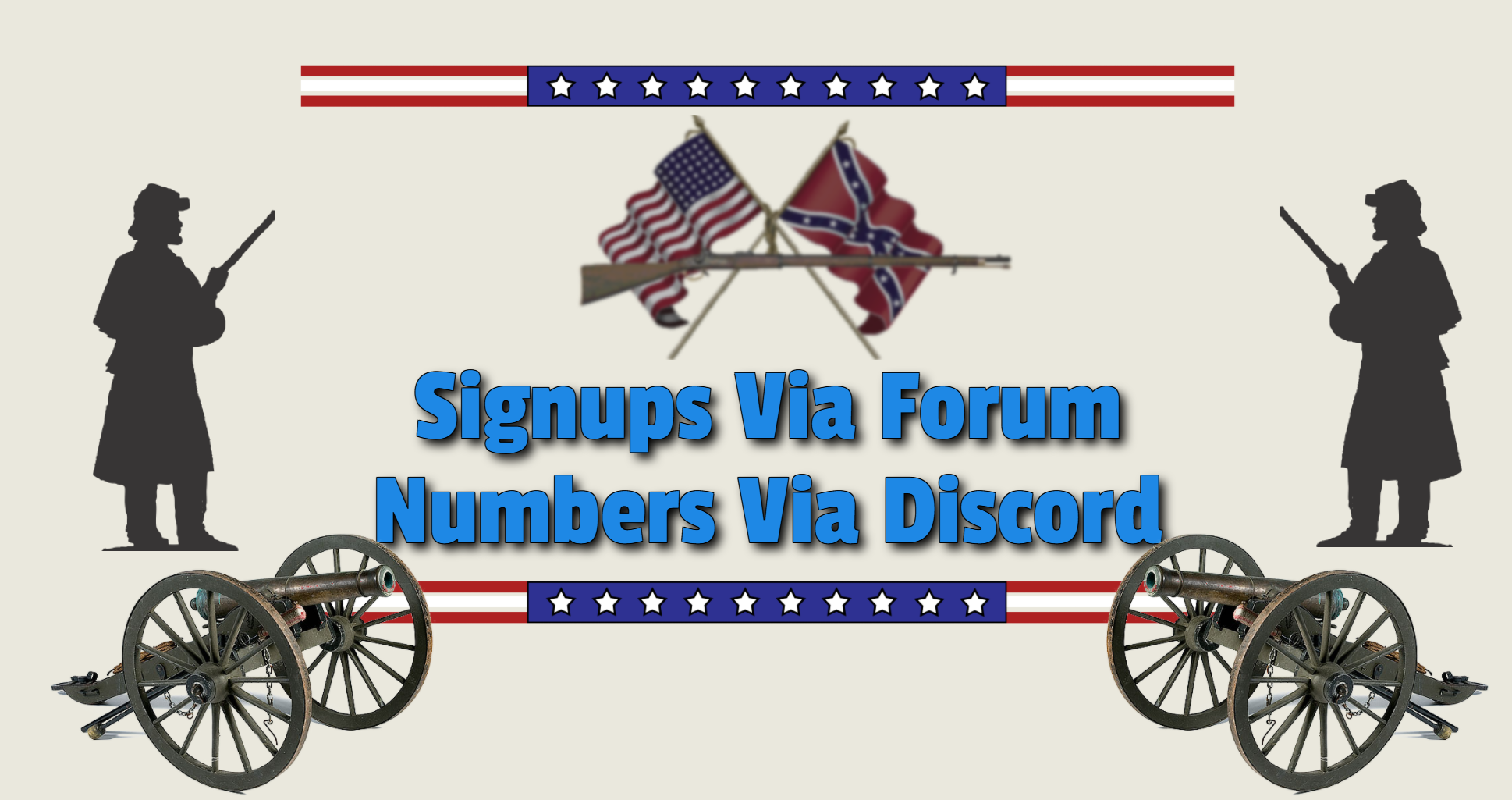
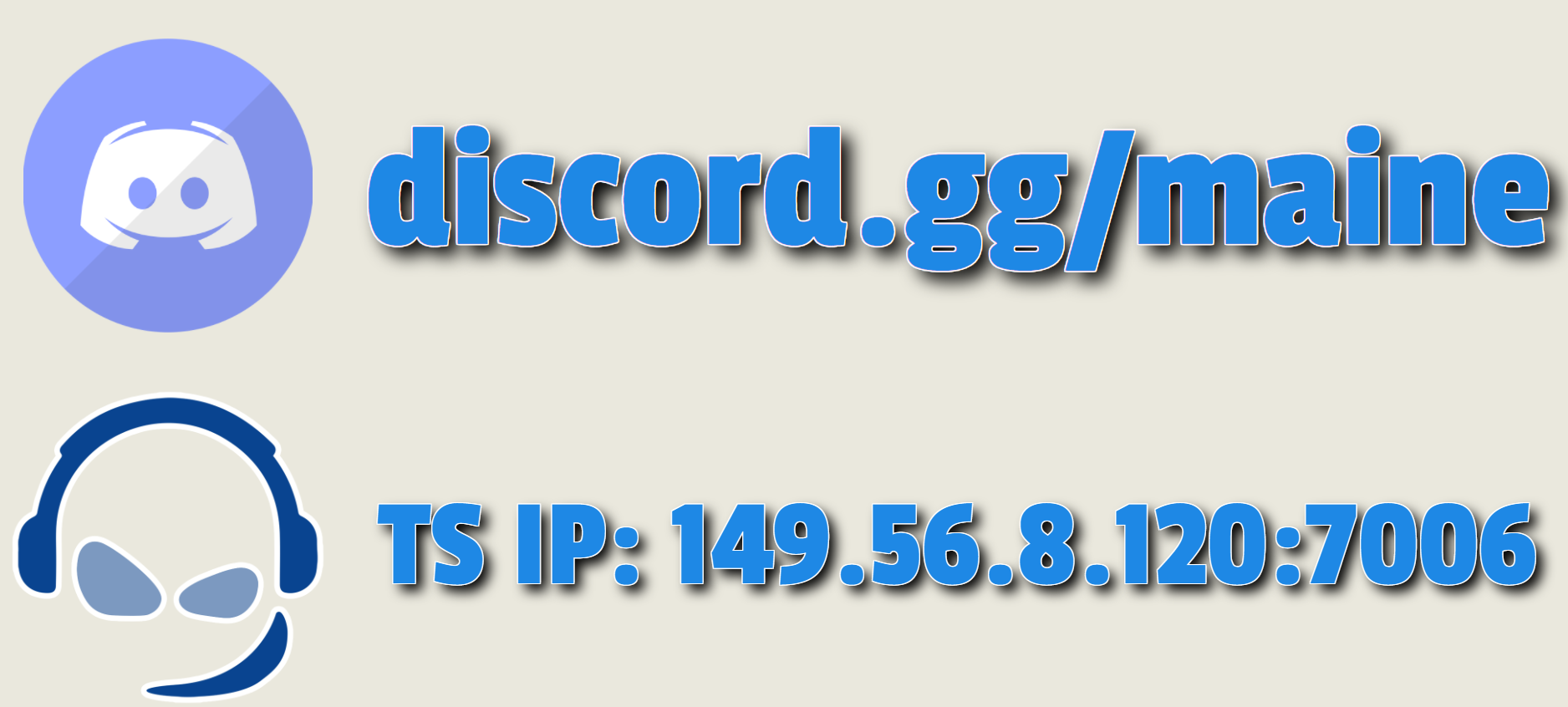


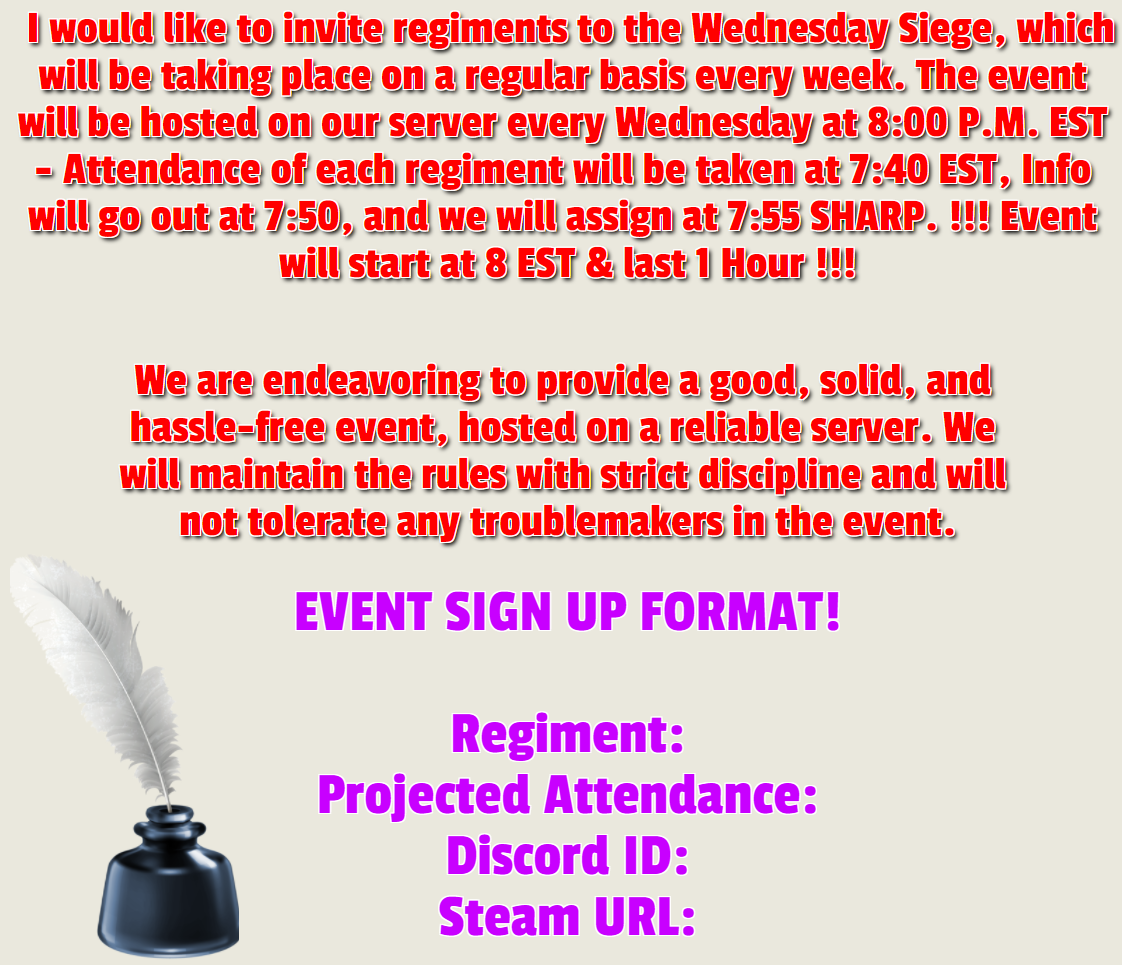
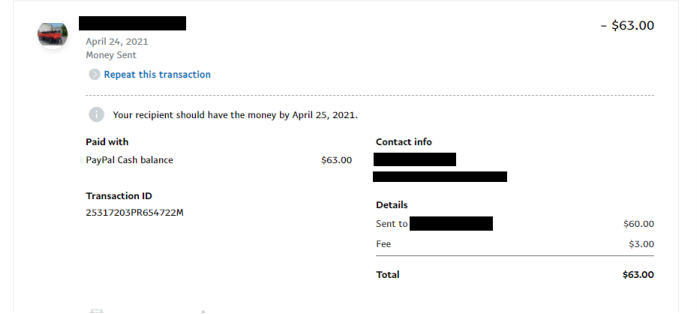
:max_bytes(150000):strip_icc()/battle-of-aspern-essling-large-56a61bd95f9b58b7d0dff4cc.jpg)

